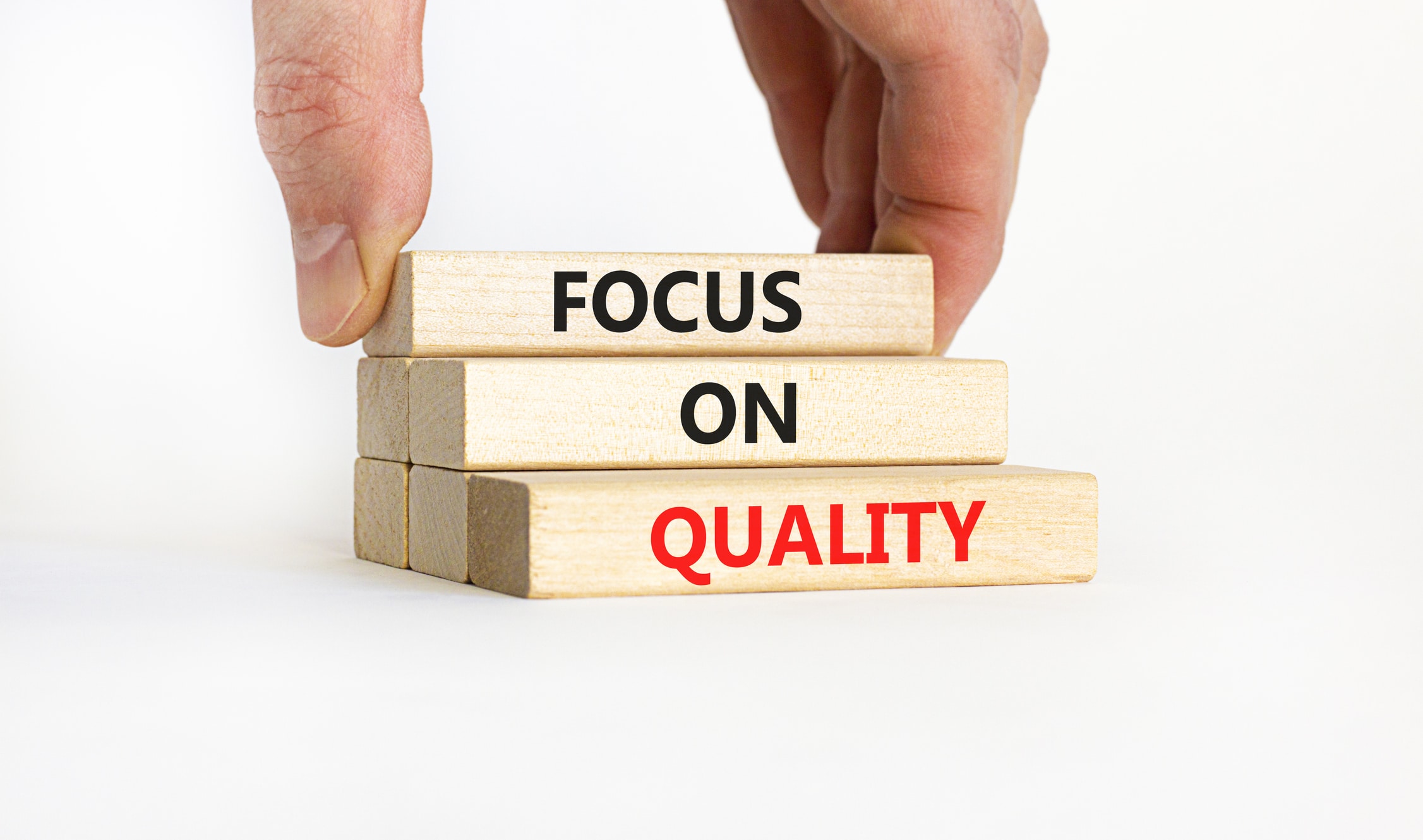Bottom line: Manufacturers are picking up the pace of new product introductions to satisfy customer demand for products that incorporate the latest technology innovations.
The need for faster innovation adoption into product lines fuels a need for more efficient change management procedures throughout organizations. Many are asking themselves, “Is it possible to handle higher levels of product and process change with small patches to old practices?” Probably not. Strategic level process improvements are needed to increase the capability, capacity and scale of an organization to handle higher rates of product updates and new product introductions.
Engineers are using the latest CAD technology to make better, more accurate 3D models faster leveraging reusable components. 3D models include more product and manufacturing information (PMI) for use downstream in Model-Based Manufacturing, to simulate and accelerate production process innovation, develop shop floor for work instructions, and create automated inspection and test procedures.
So why are some organizations still working with 2D drawings, spreadsheets, and paper work instructions at the shop floor? We have found three ailments that hold back many organizations from significant improvement in their change management speed and we have one prescription that helps all three.
Significant strategic process re-engineering can only happen when organizations face head-on the following ailments brought upon the organization by a legacy of paper-based practices.
#1. Dependence on Manual Processes Is Holding Manufacturers Back From Higher Quality & Performance
With the technology available today, any manufacturing organization should not be relying on paper-based or spreadsheet-based processes at the shop floor to collect data, track progress, and prepare product or service documents for the customer. Yet many companies still depend on paper today.
Even traditional Lean Manufacturing practitioners like Toyota are embracing information technology to raise the organization’s performance to a new level. Toyota US CIO, Tim Platt, spoke about “Lean’s High Tech Makeover” [1] at the 2014 Industry Week conference. If an organization like Toyota can move beyond the manual Lean processes they promoted for years, other organizations can change too and embrace automated Lean processes supported by information technology.
With a manufacturing operations management (MOM) system the organization moves into a completely paperless system for managing operations. Before MOM, operations would work on piles of paper work orders filled and assembled manually into massive build books. Many labor hours wasted on moving paper, organizing paper, fixing missing information and mistakes. When work orders, instructions and records are digital the paper handling waste is eliminated and processes are hugely streamlined. The mechanic does not have to search through paper or online drawings or books to find the information he needs. The online work instructions will have quick shortcuts and links to documents
#2. Poorly Defined Business Processes Hide Inefficiencies that Slow Down Progress and Responsiveness
It is very difficult to see opportunities for improvement without a good understanding of current business processes. The implementation of a MOM system forces the organization to review and analyze the as-is and to-be business processes. Many times business processes are not well documented and few employees understand the overall value chain across the organization. Value stream mapping exercises across functional departments like engineering, production, and quality can be very eye opening. Departments are usually focused on their daily routines and do not spend much time thinking about how their work is affecting downstream activities.
Even if procedures are defined in a book or quality manual it is often difficult to enforce policies at the shop floor. A MOM system automates a work, documentation and change management discipline on operations. It becomes much easier to implement best practices and prove they are followed during an audit.
#3. Inaccurate Delayed Information Leads To Sub-optimal Decisions
In order to make good decisions, management needs good data. It is important to know that products are delivered on time and bills are paid, but management also needs to know details about engineering and production to improve those processes. Data is needed beyond delivered product quality, inspection results and defect counts, details are needed about defect and cause classification to tackle the root cause of problems.
Without the proper data, it is difficult to do proper root-cause analysis and easy to always end up finding someone to blame for the problem instead of finding the true system weakness. In order to go beyond the typical blames of: (a) lack of training, (b) personnel carelessness, and (c) human error, organizations need data that will point to any of the potential resource causing problems including personnel, equipment, processes or product design.
With MOM, real-time dashboards provide status of in-process work and access to quality data with the single press of a button. Quality management can be more proactive, focusing on process improvement instead of focusing on manual documentation. There is complete visibility and accountability of who is performing each task, what resources are causing constraints, and the level of engineering changes impacting operations. A MOM system can also provide consistent manufacturing intelligence across the organization and scorecard capabilities to monitor the organization’s achievement of performance goals and help quickly identify areas for improvement.
In Summary
Strategic investments in new information technology, like MOM, and the related new business processes can seem too big of a cultural and budget challenge, but strategic investments can also lead to big contract wins, big margin gains, and the development of new agile, flexible and lean manufacturing operation.
A MOM system helps to eliminate a few legacy ailments in operations by providing (a) a platform for agile paperless business processes, (b) a systematic enforcement mechanism for manufacturing business practices, and (c) an accurate real-time information system for better performance and continuous improvement management.
References
[1] “Toyota’s Lean High-Tech Makeover”, a presentation by Tim Platt, VP Information Systems, Toyota US, May 2014





